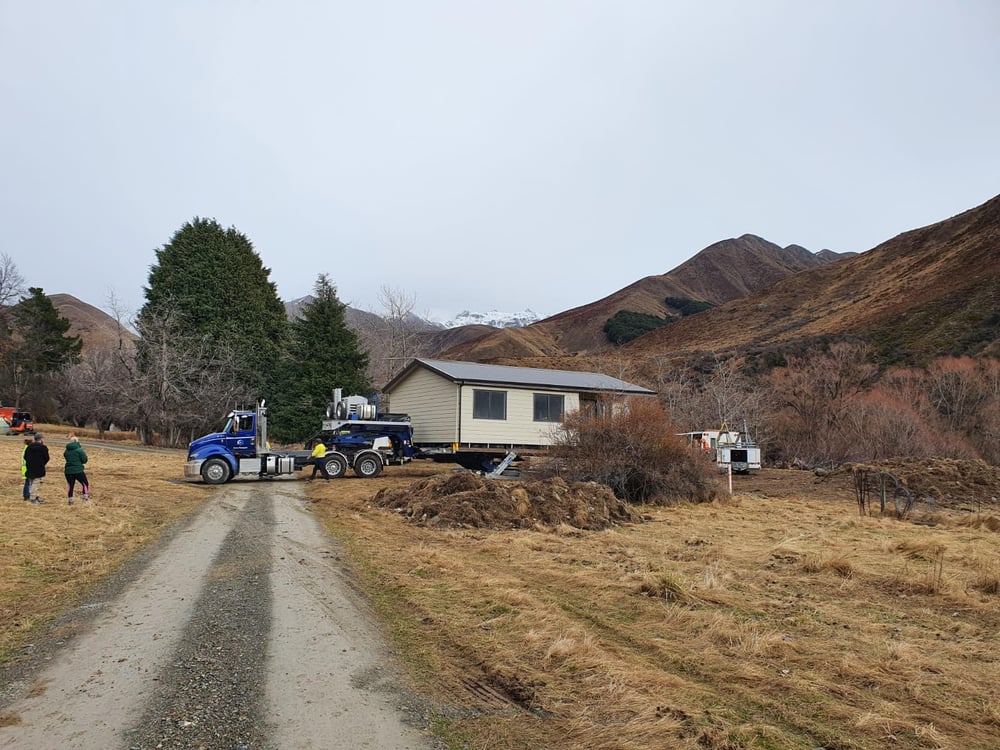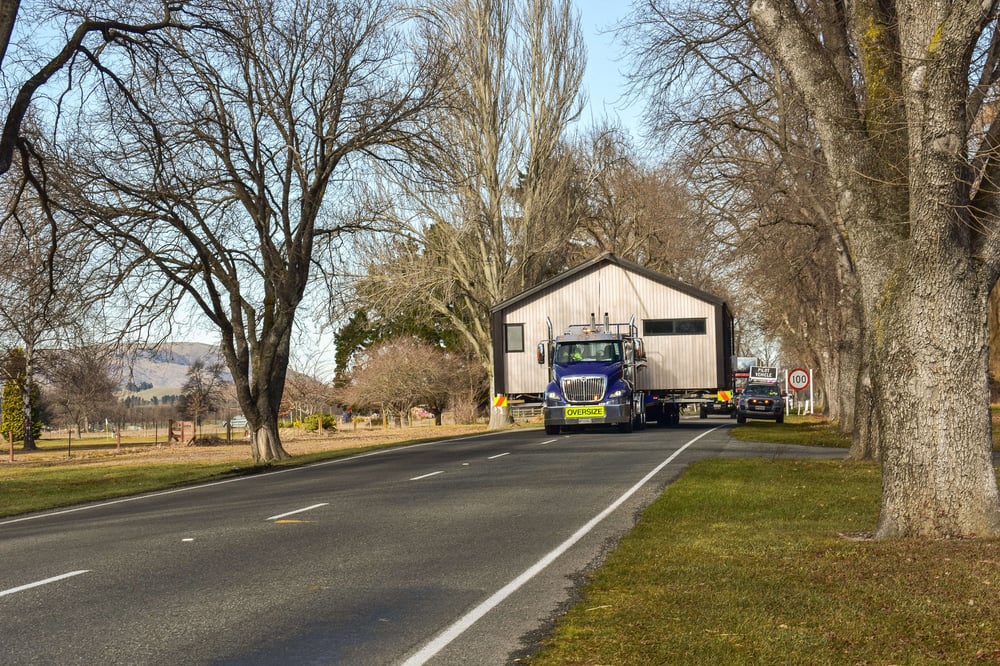The cost of transportable homes
The spike in demand for rapid-build, low cost, and hassle-free living options has given rise to a new group of homes that first home buyers and seasoned property owners alike are flocking to.
There’s no denying, the traditional way of building is being challenged. People are looking for simpler, greener, and more affordable ways to achieve a new home, and they’re willing to look beyond the status quo to find it. Traditional homes come with many cons, such as extensive construction timelines, high labour costs, weather delays, overflow costs due to material excess and construction waste, and not to mention the COVID induced supply issues thrown in there now too.
It’s no wonder non-traditional builds, such as transportable houses are taking the housing market by storm!
What is a transportable home?
In its simplest form, a transportable home is any home that has been built in one location and moved to another location. By definition, this means a transportable home could be a prefab home that is factory built and then delivered to its final destination where it remains permanently fixed. A transportable home could also be a ‘relocatable’ home that is factory built, delivered to a site but fixed semi-permanently so that it can be uplifted and transported elsewhere again as needed. A transportable home is:
- Built offsite (prefabricated)
- Transported to their final location

What a transportable home is not
The common misconception is that a transportable home is the same as a mobile or tiny home. While transportable homes can indeed be small, categorising transportable homes as mobile or tiny homes couldn’t be further from the truth.
The key difference is that a mobile or tiny home is on wheels or steel skids, while a transportable home is not. This difference is significant as it affects its legal categorisation. According to the New Zealand Building Act, a building is defined as a “temporary or permanent moveable or immovable structure… and is occupied by people on a permanent or long term basis”. While some tiny homes are legally considered as a building, it’s important it complies with the building regulations and has been granted proper building consent. For tiny and mobile homeowners having your dwelling on wheels might mean you don’t need building or resource consents to locate a temporary dwelling. Transportable homes do not fall into this category.
With the confusion around the legal classification of tiny, or mobile homes and the majority not classified as a legal permanent dwelling, it can be difficult to qualify for a home loan, access Kiwisaver funds or obtain government grants to purchase a home of this sort. It may be possible however to access a personal loan to cover costs instead, depending on your financial situation.
A transportable home on the other hand will qualify for home loans, and will likely increase in value giving you good returns on your investment, just as any other new build home would.
The cost of transportable homes vs. prefab homes
If you’re a budget-savvy house hunter, you’ve come to the right place. A transportable home could prove a lot more affordable than a traditional new build home. This is due to the streamlined, factory-controlled construction process companies like Genius Homes employ.

So is there a cost difference between a transportable home and a typical prefab home? The short answer is, not really. With both build methods adopting an efficient factory-built process, which eliminates weather delays, excess construction waste, and reduces labour commute times, the cost of a transportable prefab home is already much more affordable than a conventional build.
As of November 2021, the average price to build a new house in New Zealand is $381,404*. When we break this down region to region for the South Island, Canterbury sits at $342,635*, Southland is $407,581*, West Coast is $333,297*, Nelson is $402,834*, and Otago is $461,916*.
* Average costs are estimates based on building consent applications and exclude fees and land prices. This data was taken from the November 2021 report by Canstar.
At Genius Homes, the average price in 2022 for a standard 2-5 bedroom home is $316,248**. And within this price is a wide variety of prefab homes, meaning you’ll be able to achieve your dream home at a significantly lower price than its conventionally built equivalent.
** Average costs are taken from 2022 prices and exclude transportation costs.
When we take a closer comparison of standard transportable homes and standard prefab homes, the only price discrepancies become apparent based on the size, style and versatility you seek.
Typically, a transportable home will take on a smaller size and simpler structure to allow for an easier transfer between locations. Most transportable homes fall into the 1-3 bedroom size range and will take on a stylised rectangular or simple square shape due to transport restrictions. Based on this, it’s likely you’ll discover a range of transportable homes on the market advertised at a lower price point than many other new build homes.
But simple doesn’t have to mean boring and uninspiring! Here at Genius Homes, we offer a wide range of prefab homes varying in size, style, and price able to be transported throughout the majority of the South Island. Each home comes with extensive customisation potential and there are many that aren’t limited to the rectangular, boxy shape either if that’s not the style you’re after. To view the full range and discover which of our prefab homes perfectly suits your new home needs, download our latest catalogue below.

